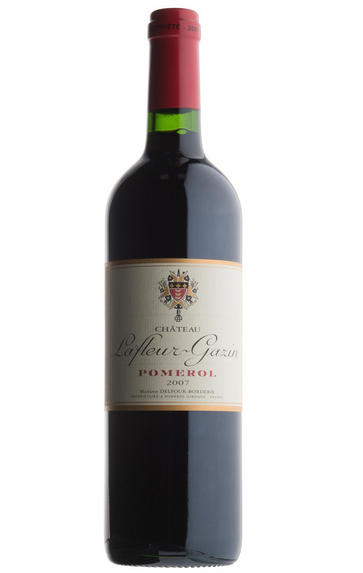
2008 Château La Fleur-Pétrus, Pomerol, Bordeaux
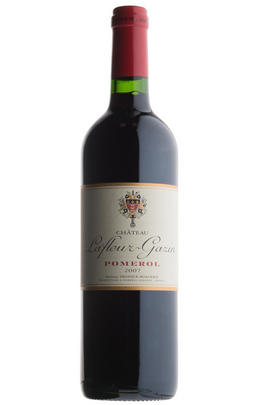
Critics reviews
Robert M. Parker, Jr. - 02/05/2011
(Jancis Robinson MW - jancisrobinson.com - Apr 09)
About this WINE
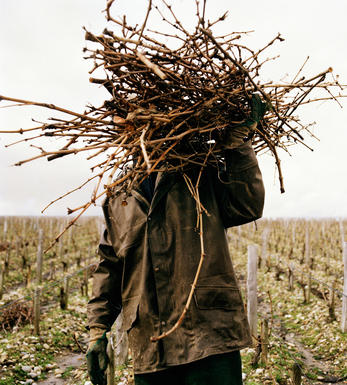
Chateau la Fleur-Petrus
Château La Fleur-Pétrus is a Pomerol estate that has been owned by Jean Pierre Moueix (who also owns Pétrus and Trotanoy) since 1952.
Four years after it was purchased, Bordeaux was hit by its worst frosts in living memory and most of the vineyards at Lafleur-Pétrus were destroyed and had to be replanted. La Fleur-Pétrus's 9.08 hectare vineyard is on a plateau east of Pomerol sandwiched between Lafleur and Pétrus. The soils are rich in gravel and the vineyard is planted with 90% Merlot and 10% Cabernet Franc.
La Fleur-Pétrus's grapes are hand-harvested and then fermented in temperature-controlled concrete vats. The wine is then aged in small oak barriques (50% new) for 18 months. Lafleur-Pétrus produce elegant, smooth and refined Pomerols that, whilst lacking the concentration and intensity found in Pétrus, are still amongst the finest wines of the region.
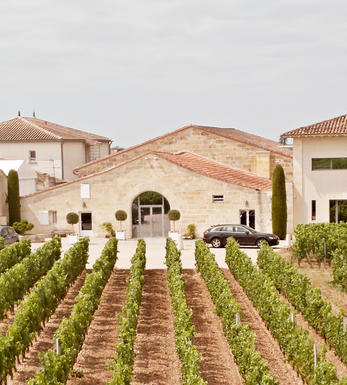
Pomerol
Pomerol is the smallest of Bordeaux's major appellations, with about 150 producers and approximately 740 hectares of vineyards. It is home to many bijou domaines, many of which produce little more than 1,000 cases per annum.
Both the topography and architecture of the region is unremarkable, but the style of the wines is most individual. The finest vineyards are planted on a seam of rich clay which extends across the gently-elevated plateau of Pomerol, which runs from the north-eastern boundary of St Emilion. On the sides of the plateau, the soil becomes sandier and the wines lighter.
There is one satellite region to the immediate north, Lalande-de-Pomerol whose wines are stylistically very similar, if sometimes lacking the finesse of its neighbour. There has never been a classification of Pomerol wines.
Recommended Châteaux : Ch. Pétrus, Vieux Ch. Certan, Le Pin, Ch. L’Eglise-Clinet, Ch. La Conseillante, Ch. L’Evangile, Ch. Lafleur, Trotanoy, Ch. Nenin, Ch. Beauregard, Ch. Feytit-Clinet, Le Gay.
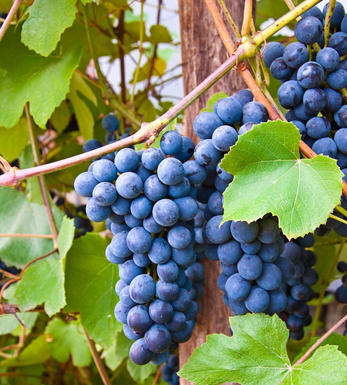
Merlot/Cabernet Franc
Merlot and Cabernet Franc are grape varieties commonly used in Bordeaux-style blends, particularly in the Bordeaux region of France. When these two grapes are blended, they can create a wine that combines the best characteristics of each variety.
Merlot is known for its smoothness, soft tannins, and ripe fruit flavours. It often contributes black cherry, plum, and chocolate flavours to the blend. The grapes are relatively easy to grow and ripen earlier than other Bordeaux varieties, making them versatile for blending.
Cabernet Franc, on the other hand, adds structure, depth, and complexity to the blend. It typically brings aromas of red fruits such as raspberry and strawberry, along with herbal notes like bell pepper and tobacco. These grapes have thinner skins and can be more challenging to cultivate, requiring specific growing conditions to reach their full potential.
When Merlot and Cabernet Franc are combined, the result is a well-balanced wine with various flavours and aromas. The blend often exhibits a Bordeaux wine's medium to full body, along with a smooth texture and moderate tannins. The specific flavour profile can vary depending on the proportions of each grape in the blend and the terroir and winemaking techniques employed.


Buying options
Add to wishlist
Description
Christian’s ‘other’ Lafleur is as like to the Lafleur-Gazin as chalk is to cheese. With the vineyard situated right next to the celebrated Ch. Pétrus (also belonging to the Moueix stable), the 2008 is a dense, serious wine indeed with masses of black fruit lurking underneath. The huge level of tannin will allow this to keep for many years yet but when it is ready, this will be a monster.
wine at a glance
Delivery and quality guarantee